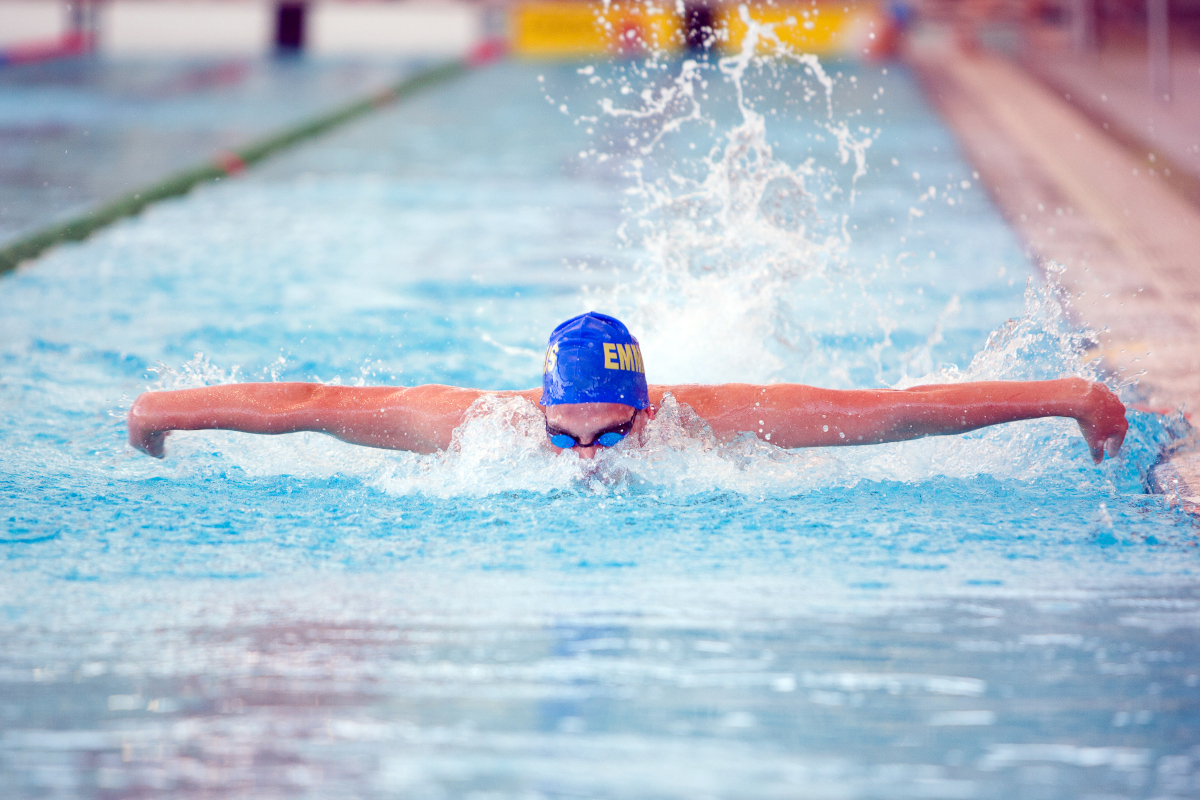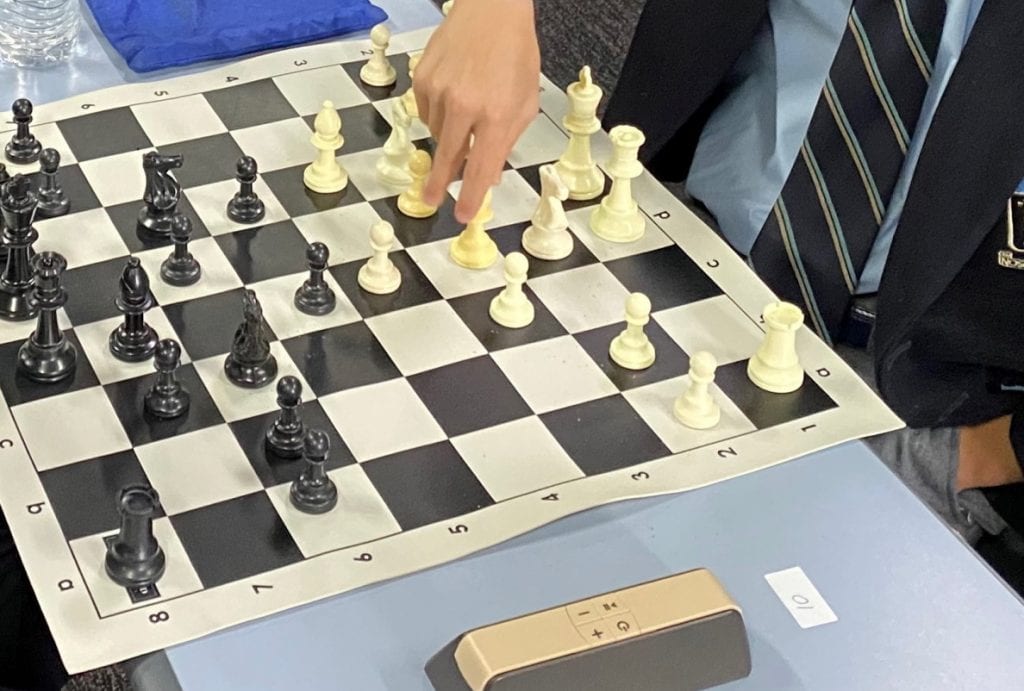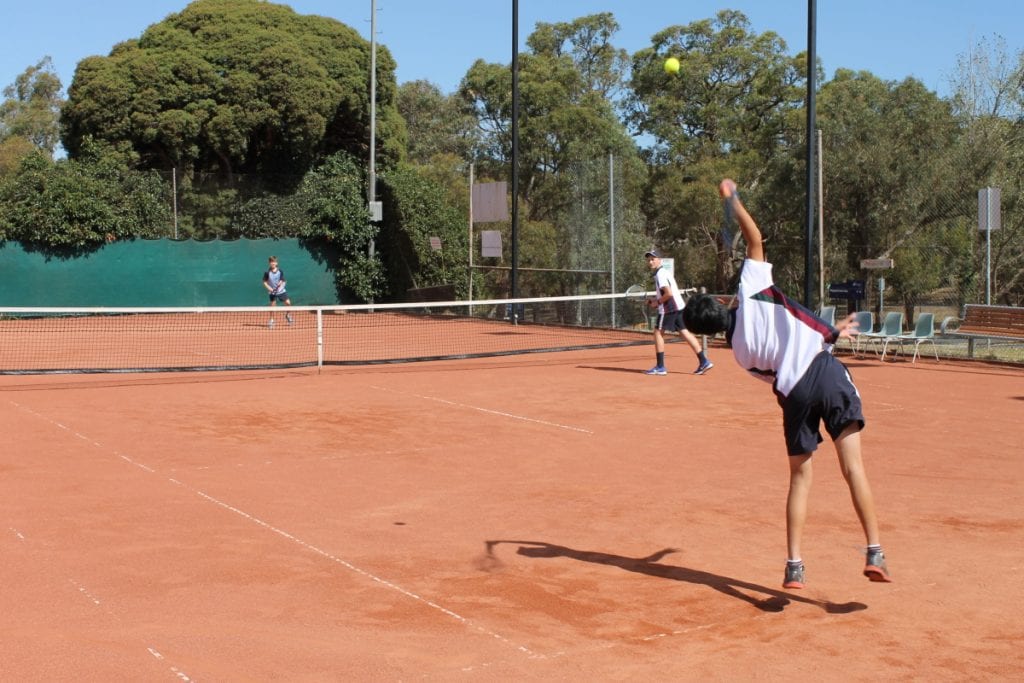Child Safety Policy
EISM – Eastern Independent Schools Melbourne
Executive Officer: Nathan Bower
Date of policy Implementation: January 2017
Date of last major review: April 2021
Date of next major review: March 2023
Contents
1. Introduction
2. Purpose of the Policy
3. Principles
4. Definitions used in this Policy
5. Policy Commitments
6. Responsibilities and Organisational Arrangements
6.1 Guide to Responsibilities of EISM Leadership
6.2 Guide to Responsibilities of EISM Staff
6.3 Organisational Arrangements
7. Expectation of our EISM – Child Safety Code of Conduct
8. Student Safety and Participation
9. Reporting and Responding
10. Screening and Recruitment of EISM Staff
11. Child Safety – Education and Training for EISM Staff
12. Risk Management
13. Relevant Legislation
14. Breach of Policy
15. Review of this Child Safety Policy
16. References
1. Introduction
At EISM we hold the care, safety and wellbeing of children and young people as a central and fundamental responsibility of our school sporting association.
2. Purpose of the Policy
The purpose of this policy is to demonstrate the strong commitment of EISM to the care, safety and wellbeing of all students in our school sporting association. It provides an outline of the policies, procedures and strategies developed to keep students safe from harm, including all forms of abuse at our sporting environments, on campus at member schools, online and in other locations provided by the association.
This policy takes into account relevant legislative requirements within the state of Victoria, including the specific requirements of the Victorian Child Safe Standards as set out in “Child Wellbeing and Safety Amendment (Child Safe Standards) Act 2015”
3. Principles
Schools and organisations they associate with have a moral and legal responsibility to create nurturing environments where children and young people are respected, their voices are heard and they are safe and feel safe.
The following principles underpin our commitment to child safety at EISM:
- All students deserve, as a fundamental right, safety and protection from all forms of abuse and
- Our association works in partnership with member schools, families and the community to ensure that they are engaged in decision-making processes, particularly those that have an impact on child safety and protection.
- All adults in our association, including teaching and non-teaching staff, volunteers, and contractors, have a responsibility to care for children and young people, to positively promote their wellbeing and to protect them from any kind of harm or abuse.
- The policies, guidelines and codes of conduct for the care, wellbeing and protection of students are based on honest, respectful and trusting relationships between adults and children and young
- Policies and practices demonstrate compliance with legislative requirements and cooperation with governments, the police and human services agencies.
- All persons involved in situations where harm is suspected or disclosed must be treated with sensitivity, dignity and respect.
- Staff, volunteers, contractors, parents and students should feel free to raise concerns about child safety, knowing these will be taken seriously by EISM leadership.
- Appropriate confidentiality will be maintained, with information being provided to those who have a right or a need to be informed, either legally or pastorally.
4. Definitions used in this Policy
Child: A child or a young person enrolled as a student at any EISM member school.
Child abuse includes:
(a) any act committed against a child involving:
- a sexual offence
- an offence under section 49B(2) of the Crimes Act 1958 (grooming)
(b) the infliction, on a child, of:
- physical violence
- serious emotional or psychological harm
(c) serious neglect of a child. (“Child Wellbeing and Safety Amendment (Child Safe Standards) Act 2015”)
Child safety encompasses matters related to protecting all children from child abuse, managing the risk of child abuse, providing support to a child at risk of child abuse, and responding to incidents or allegations of child abuse. (“Child Wellbeing and Safety Amendment (Child Safe Standards) Act 2015”)
Child neglect: The failure by a parent or caregiver to provide a child (where they are in a position to do so) with the conditions that are culturally accepted as being essential for their physical and emotional development and wellbeing. (Safe Schools Hub)
Child physical abuse: Child physical abuse refers to non-accidental use of physical force against a child that results in harm to the child. Physically abusive behaviours include shoving, hitting, slapping, shaking, throwing, punching, kicking, biting, burning, strangling and poisoning. Fabrication or induction of an illness by a parent or carer (known previously as Munchausen syndrome by proxy) is considered physically abusive behaviour. (Safe Schools Hub)
Child protection: Statutory services designed to protect children at risk of serious harm. (Safe Schools Hub)
Child sexual abuse: Any sexual activity between a child under the age of consent (16) and an adult or older person (i.e. a person five or more years older than the victim) is child sexual abuse.
Child sexual abuse can also be:
- any sexual behaviour between a child and an adult in a position of power or authority over them (e.g. a teacher); the age of consent laws do not apply in such instances due to the strong imbalance of power that exists between young people and authority figures, as well as the breaching of both personal and public trust that occurs when professional boundaries are violated
- Sexual behaviour between a child and adult family member, regardless of issues of consent,equality or coercion
- sexual activity between peers that is non-consensual or involves the use of power or coercion
- non-consensual sexual activity between minors (e.g. a 14-year-old and an 11-year-old), or any sexual behaviour between a child and another child or adolescent who, due to their age or stage of development, is in a position of power, trust or responsibility over the victim. Sexual activity between adolescents at a similar developmental level is not considered abuse. (Safe Schools Hub)
Mandatory Reporting: The legal requirement to report suspected cases of child abuse and neglect is known as mandatory reporting. (Safe Schools Hub)
Reasonable Belief: When staff are concerned about the safety and wellbeing of a child or young person, they must assess that concern to determine if a report should be made to the relevant agency. This process of considering all relevant information and observations is known as forming a ‘reasonable belief’. A ‘reasonable belief’ or a ‘belief on reasonable grounds’ is not the same as having proof but is more than mere rumour or speculation. A ‘reasonable belief’ is formed if a reasonable person in the same position would have formed the belief on the same grounds.
School environment means any physical or virtual place made available or authorised by the school governing authority for use by a child during or outside school hours, including:
- a campus of the school
- online school environments (including email and intranet systems)
- other locations provided by the school for a child’s use (including, without limitation, locations used for school camps, sporting events, excursions, competitions, and other events). (“Child Wellbeing and Safety Amendment (Child Safe Standards) Act 2015”)
School staff means an individual working in a school environment (on or off campus including at School Sports Events ran by EISM) who is:
- directly engaged or employed by a school governing authority
- Volunteer or contracted service provider (whether or not another person is an intermediary)
5. Policy Commitments
All students participating at EISM events have the right to feel safe and be safe. The wellbeing of children at our events will always be our first priority and we do not and will not tolerate child abuse. We aim to create a child-safe and child-friendly environment where children are free to enjoy life to the full without any concern for their safety. There is particular attention paid to the most vulnerable children, including Aboriginal and Torres Strait Islander children, children from culturally and/or linguistically diverse backgrounds, and children with a disability.
Our commitment to our member school students
- We commit to the safety and wellbeing of all children and young people enrolled in our member schools.
- We commit to providing children and young people with positive and nurturing experiences.
- We commit to listening to children and young people and empowering them by taking their views seriously, and addressing any concerns that they raise with us.
- We commit to taking action to ensure that children and young people are protected from abuse or harm.
- We commit to seeking input and feedback from students regarding the creation of a safe school sporting environment.
Our commitment to parents and carers
- We commit to communicating honestly and openly with parents and carers about the wellbeing and safety of their children.
- We commit to engaging with, and listening to, the views of parents and carers about our child-safety practice, policies and procedures.
- We commit to transparency in our decision-making with parents and carers where it will not compromise the safety of children or young people.
- We commit to acknowledging the cultural diversity of students and families, and being sensitive to how this may impact on student safety issues.
- We commit to continuously reviewing and improving our systems to protect children from abuse.
Our commitment to our staff (EISM employees, volunteers, contractors, board members)
- We commit to providing all EISM staff with the necessary support to enable them to fulfil their roles. This will include regular and appropriate learning opportunities.
- We commit to providing regular opportunities to clarify and confirm policy and procedures in relation to child safety and young people’s protection and wellbeing. This includes annual training in the principles and intent of the Child Safety Policy and Child Safety Code of Conduct, and staff responsibilities to report concerns.
- We commit to listening to all concerns voiced by EISM Staff, Member Schools staff, board members, volunteers, and contractors about keeping children and young people safe from harm.
- We commit to providing opportunities for EISM Staff, Member Schools employees, volunteers, contractors and board members to receive formal debriefing and counselling arising from incidents of the abuse of a child or young person.
6. Responsibilities and Organisational Arrangements
Everyone employed or volunteering at EISM Events has a responsibility to understand the important and specific role he/she plays individually and collectively to ensure that the wellbeing and safety of all students is at the forefront of all they do and every decision they make.
The Association has allocated roles and responsibilities for child safety as follows.
6.1 Guide to Responsibilities of EISM Leadership
The Board Members and Executive Officer at EISM recognise their particular responsibility to ensure the development of preventative and proactive strategies that promote a culture of openness, awareness of and shared responsibility for child safety. Responsibilities include:
- creating an environment for children and young people to be safe and to feel safe
- upholding high principles and standards for all staff, volunteers, and contractors
- promoting models of behaviour between adults and children and young people based on mutual respect and consideration
- ensuring thorough and rigorous practices are applied in the recruitment, screening and ongoing professional learning of staff
- ensuring that school personnel have regular and appropriate learning to develop their knowledge of, openness to and ability to address child safety matters
- providing regular opportunities to clarify and confirm legislative obligations, policy and procedures in relation to child and young people’s protection and wellbeing
- ensuring the school meets the specific requirements of the Victorian Child Safe Standards as set out in “Child Wellbeing and Safety Amendment (Child Safe Standards) Act 2015”.
6.2 Guide to Responsibilities of EISM Staff
Responsibilities of EISM staff (including employees, volunteers, contractors) include:
- treating children and young people with dignity and respect, acting with propriety, providing a duty of care, and protecting children and young people in their care
- following the legislative and internal school processes in the course of their work, if they form a reasonable belief that a child or young person has been or is being abused or neglected
- providing a physically and psychologically safe environment where the wellbeing of children and young people is nurtured
- undertaking regular training and education in order to understand their individual responsibilities in relation to child safety and the wellbeing of children and young people
- assisting children and young people to develop positive, responsible and caring attitudes and behaviours which recognise the rights of all people to be safe and free from abuse
- following the EISM Child Safety Code of Conduct.
6.3 Organisational Arrangements
The Executive Officer is the Child Safety Lead. The Child Safety Team will comprise the EISM Administration Officer.
7. Expectation of EISM – Child Safety Code of Conduct
At EISM, we expect employees, volunteers and contractors to proactively ensure the safety of students at all times and to take appropriate action if there are concerns about the safety of any child from any of our 21 member schools. All staff must remain familiar with the relevant laws, the code of conduct, and policies and procedures in relation to child protection and to comply with all requirements. We have developed an EISM Child Safety Code of Conduct, which recognises the critical role that staff play in protecting the students at our events and establishes clear expectations of school employees, volunteers and contractors for appropriate behaviour with children in order to safeguard them against abuse and or neglect.
Our Code also protects staff, school employees, volunteers and contractors through clarification of acceptable and unacceptable behaviour.
8. Student Safety and Participation
At EISM, we actively encourage all students to openly express their views and feel comfortable about giving voice to the things that are important to them.
Schools teach students about what they can do if they feel unsafe and enable them to understand, identify, discuss and report on child safety. We listen to and act on any concerns students, or their parents or carers, raise with us.
9. Reporting and Responding
Our association records any child safety complaints, disclosures or breaches of the Child Safety Code of Conduct, and stores the records in accordance with security and privacy requirements. Our association complies with legal obligations that relate to managing the risk of child abuse under the Children, Youth and Families Act 2005 (Vic.), the Crimes Act 1958 (Vic.) and the recommendations of the Betrayal of Trust report.
The EISM Child Protection – Reporting Obligations updated on February 2017, sets out the actions required under the relevant legislation when there is a reasonable belief that a child within our association is in need of protection or a criminal offence has been committed, and provides guidance and procedures on how to make a report.
Our policy assists staff, volunteers and families to:
- identify the indicators of a child or young person who may be in need of protection
- understand how a ‘reasonable belief’ is formed
- make a report of a child or young person who may be in need of protection
- comply with mandatory reporting obligations under child protection law and their legal obligations relating to criminal child abuse and grooming under criminal law.
Our association has also established internal processes to ensure that appropriate action is taken to respond to concerns about the wellbeing and/or safety of a student from within EISM.
Eastern Independent Schools Melbourne has appointed Child Safety Officers. Each Child Safety Officer is available to answer any questions with respect to our Child Protection and Safety Policy and the Child Protection Program.
The Association’s Child Safety Officers are our first point of contact for reporting child protection issues. Details of the child safety officers are outlined within the ‘EISM’s Child Safety Officers’ document.
10. Screening and Recruitment of EISM Staff
EISM will apply thorough and rigorous screening processes in the recruitment of employees and volunteers involved in child-connected work. All employees, contractors and volunteers are provided with copies of the association’s Child Safety Code of Conduct and the Child Safety Policy.
When recruiting and selecting employees, involved in child-connected work, we make all reasonable efforts to:
- confirm the applicant’s Working with Children Check and National Police Check status and/or professional registration (as relevant)
- obtain proof of personal identity and any professional or other qualifications
- verify the applicant’s history of work involving children
- obtain a minimum of 2 references that address the applicant’s suitability for the job and working with children.
11. Child Safety – Education and Training for EISM Staff
EISM provides employees with regular and appropriate opportunities to develop their knowledge of, openness to and ability to address child safety matters. This includes induction, ongoing training and professional learning to ensure that everyone understands their professional and legal obligations and responsibilities, and the procedures for reporting suspicion of child abuse and neglect.
12. Risk Management
At EISM we are committed to proactively and systematically identifying and assessing risks to student safety across our various sporting event venues, and reducing or eliminating (where possible) all potential sources of harm. We document, implement, monitor and periodically review our risk management strategies for child safety and ensure that the strategies change as needed and as new risks arise.
EISM has committed to risk management by identifying potential risks through conducting Venue Overview Reports, and managing these risks through matrixes and outlining mitigating actions to minimise or eliminate risks. The EISM has a Code of Conduct, a Statement on Child Safety, a Mandatory Reporting Process and Incident Register.
13. Relevant Legislation
- Children, Youth and Families Act 2005 (Vic.)
- Working with Children Act 2005 (Vic.)
- Education and Training Reform Act 2006 (Vic.)
- Equal Opportunity Act 2010 (Vic.)
- Privacy Act 1988 (Cth)
- Crimes Act 1958 (Vic.) – Three new criminal offences have been introduced under this Act:
- Failure to disclose offence: Any adult who forms a reasonable belief that a sexual offence has been committed by an adult against a child under 16 has an obligation to report that information to police. Failure to disclose the information to police is a criminal offence.
- Failure to protect offence: The offence will apply where there is a substantial risk that a child under the age of 16 under the care, supervision or authority of a relevant organisation will become a victim of a sexual offence committed by an adult associated with that organisation. A person in a position of authority in the organisation will commit the offence if they know of the risk of abuse and have the power or responsibility to reduce or remove the risk, but negligently fail to do so.
- Grooming offence: This offence targets predatory conduct designed to facilitate later sexual activity with a child. Grooming can be conducted in person or online, for example via interaction through social media, web forums and emails.
14. Breach of Policy
Where any person is suspected of breaching any obligation, duty or responsibility within this policy, EISM is to take appropriate action, including in accordance with: Child Protection – Reporting Obligations the current EISM Executive Officer will contact the relevant Board Member.
An automatic suspension of any EISM employee/volunteer from work or other duties if under investigation for abuse (either internally or police).
An automatic termination of employment or EISM duties if found guilty of committing sexual abuse through an internal investigation or by a court.
15. Review of this Child Safety Policy
At EISM we are committed to continuous improvement of our child safety systems and practices. We intend this policy to be a dynamic document that will be regularly reviewed to ensure it is working in practice and updated to accommodate changes in legislation or circumstance.
We will maintain a history of updates to the policy.
History of Updates to Policy
|
Date |
Comment (e.g. major review, minor review) |
16. References
Catholic Education Commission of Victoria Ltd (CECV) 2016, Commitment Statement to Child Safety: A safe and nurturing culture for all children and young people in Catholic schools.
Safe Schools Hub 2014, National Safe Schools Framework Glossary, Australian Government Department of Education and Training.
State of Victoria 2016, Child Safe Standards – Managing the Risk of Child Abuse in Schools: Ministerial Order No. 870, Education & Training Reform Act 2006, Victorian Government Gazette No. S2.
Victorian Government Department of Justice 2016, Betrayal of Trust Implementation.







